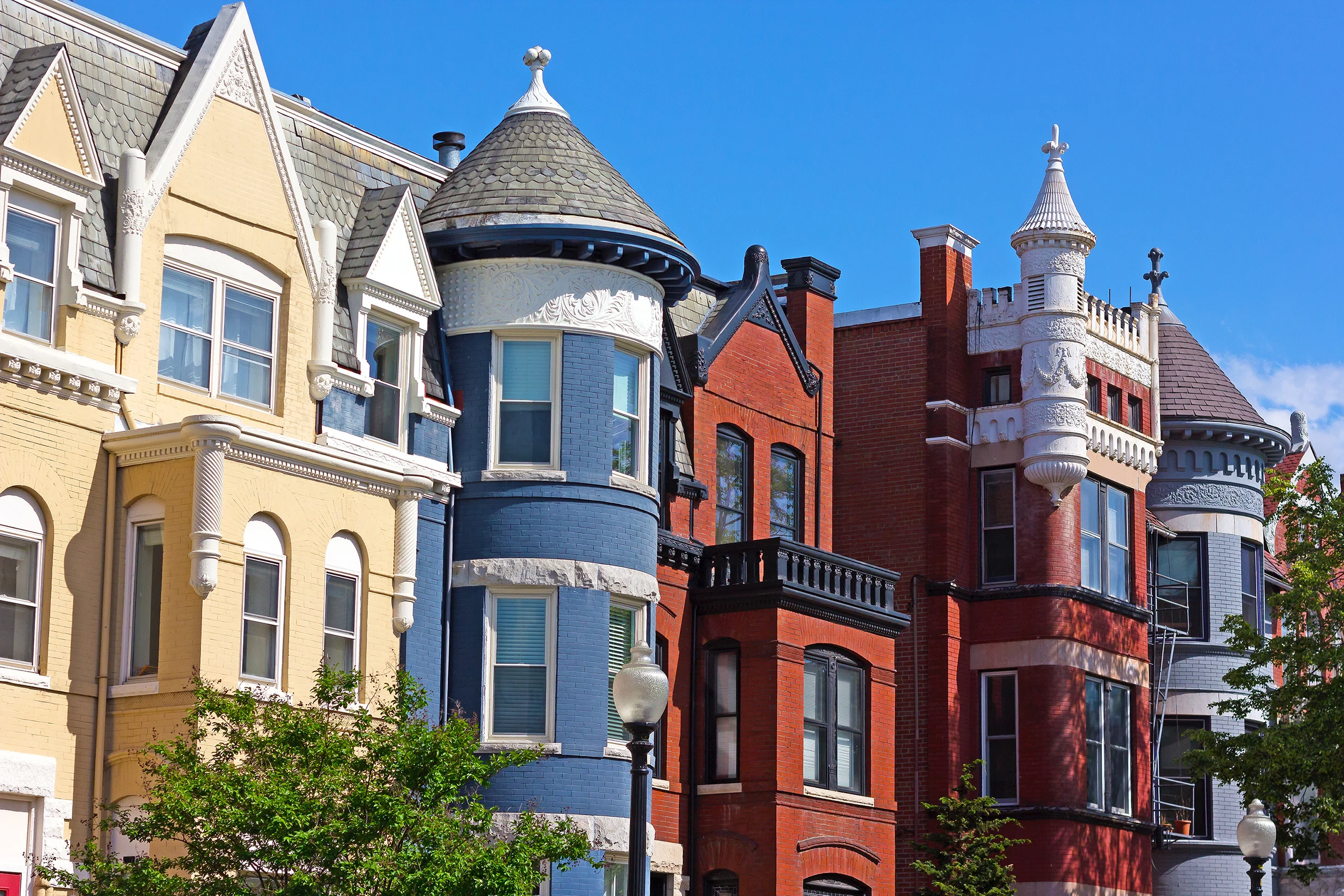Temperatures were off to the races in late August when cars whizzed around Washington and Baltimore, armed with digital sensors, scoping out which parts of these sweaty cities swelter the most. Data was logged every second, 75,000 measurements were processed and then mapped. The data was collected as part of a field campaign funded by the National Oceanic and Atmospheric Administration (NOAA) to better understand the urban heat island effect in the two cities. Heat islands are caused by high concentrations of asphalt and concrete, which pump up temperatures. In Washington, the neighborhoods of Queens Chapel, Michigan Park and Bloomingdale, and iIn Baltimore, the neighborhoods of Penn-Fallsway…, as the hottest neighborhoods in the area.
Temperatures varied across sections of the city by as many as 17 degrees when the field campaign was conducted in Washington on Aug. 28, one of the summer’s hottest days. Several neighborhoods saw temperatures shoot up to 102 degrees. But other locations, also within the confines of the District, merely hit 85. Many Washingtonians have long fled to the mountains or to the Atlantic beaches, driving hours at great expense, to escape Washington’s oppressive summertime heat. The National Arboretum and areas of Ivy City and Brentwood contain a difference of 10F within just a few city blocks. The radical temperature changes over short distances show just how important urban planning and the presence of green space can be for comfort and, during dangerously hot weather, human health and safety. Policies could also be developed to support efforts to alter the environment in the hottest areas by introducing green space and changing building materials and design practices. Studies have shown these efforts can lower temperatures.
Read more…

